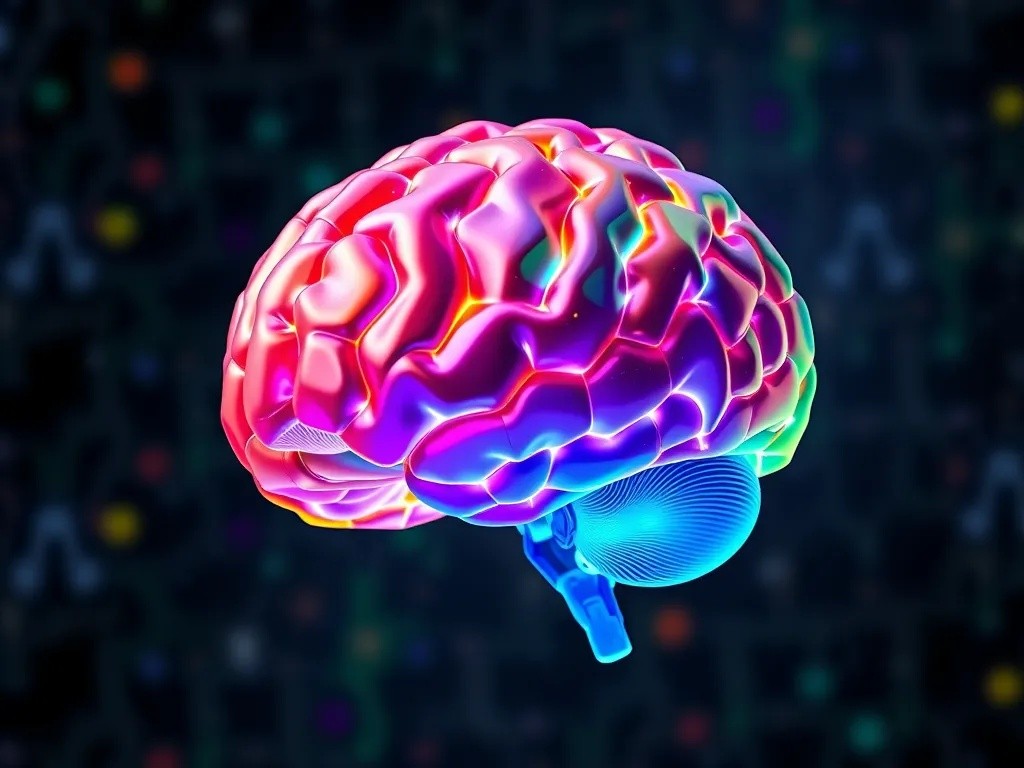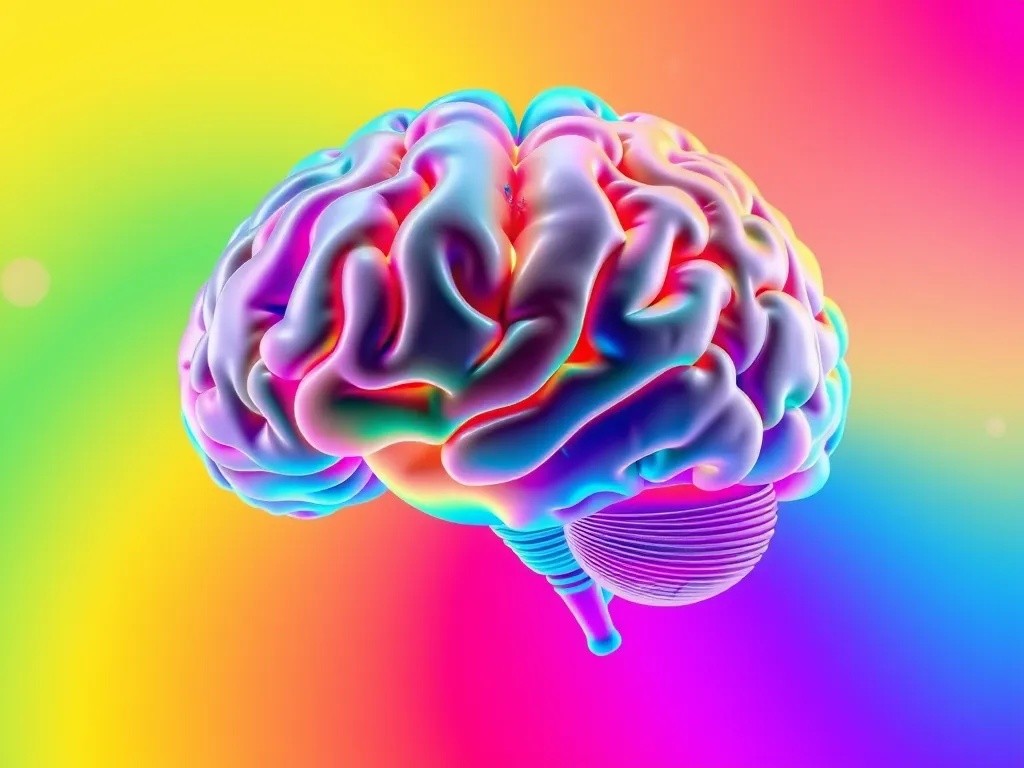In recent years, there has been a significant advancement in the field of Artificial Intelligence (AI) and Augmented Reality (AR). These technologies have become increasingly popular and have the potential to enhance virtual experiences in various fields such as gaming, education, healthcare, and...
Artificial Brain Creates New Colors That Don't Exist in Nature

The intersection of artificial intelligence and human perception has reached a fascinating milestone: AI systems are now capable of generating colors that have never existed in the natural world. This groundbreaking development challenges our fundamental understanding of color perception and opens unprecedented possibilities for creative expression.
The Science Behind AI-Generated Colors
Traditional color theory has long been constrained by the visible spectrum of light that humans can perceive, ranging from approximately 380 to 700 nanometers. However, artificial neural networks are breaking free from these biological limitations by processing color data in ways that transcend human visual capabilities.
How Neural Networks Process Color Information
Modern AI systems analyze color through complex mathematical models that can:
- Process wavelengths beyond human visual range
- Combine spectral data in unprecedented ways
- Generate color representations based on mathematical relationships rather than physical light properties
- Create interpolations between existing colors that result in entirely new hues
These artificial brains utilize deep learning algorithms trained on vast datasets of color information, enabling them to identify patterns and relationships that escape human perception. The result is the creation of colors that exist purely in digital space, with no natural counterparts.
Applications and Implications
Revolutionary Impact on Design Industries
The ability to generate new colors has profound implications across multiple industries. Digital artists and designers now have access to palettes that were previously impossible to conceive. Fashion designers are experimenting with these AI-generated hues in virtual clothing lines, while interior designers are using them to create unique digital environments.
Scientific and Technological Applications
Beyond creative applications, these new colors serve important scientific purposes:
- Enhanced data visualization techniques for complex scientific datasets
- Improved user interface design for digital platforms
- Development of new display technologies capable of reproducing these artificial colors
- Advanced camouflage and security applications

The Philosophy of Artificial Color
The emergence of AI-generated colors raises intriguing philosophical questions about the nature of perception and reality. If a color exists digitally but has no physical wavelength equivalent, can it be considered "real"? These artificial hues challenge the traditional boundary between natural and synthetic, forcing us to reconsider our definitions of color itself.
Human Perception vs. Artificial Creation
While humans are limited by the trichromatic nature of our vision—perceiving colors through combinations of red, green, and blue light detection—AI systems can work with much more complex color models. They can process hyperspectral data and create colors based on mathematical principles that don't correspond to any natural phenomenon.
Challenges and Future Developments
Despite the exciting possibilities, several challenges remain in the development of artificial colors. The primary obstacle is the limitation of current display technology, which can only reproduce a fraction of the colors that AI systems can theoretically generate. Most screens are still bound by the RGB color space, meaning many AI-created colors cannot be accurately displayed.
Technological Barriers
Researchers are working on several fronts to overcome these limitations:
- Development of quantum dot displays with expanded color gamuts
- Creation of new phosphor materials for broader spectral coverage
- Implementation of multi-primary display systems
- Integration of augmented reality technologies for color visualization
Conclusion
The creation of new colors by artificial intelligence represents a paradigm shift in our understanding of color and perception. As AI systems continue to evolve and display technologies advance, we may soon live in a world where the spectrum of visible colors extends far beyond what nature has provided. This artificial expansion of the visible world promises to enrich human experience in ways we are only beginning to imagine, marking a new chapter in the relationship between technology and human perception.



